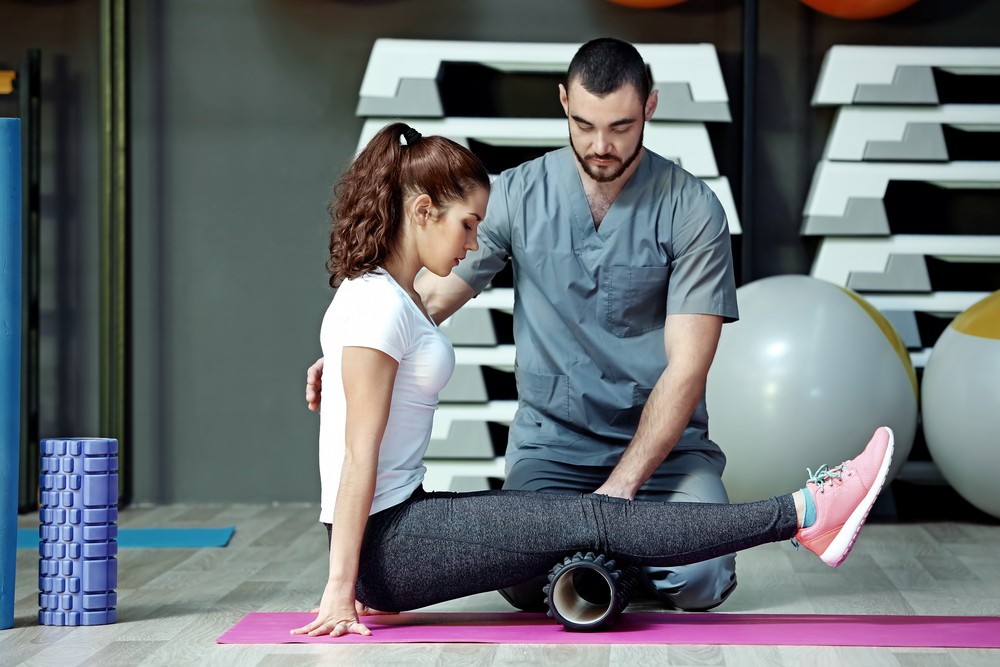Assessing the Interaction of Joint Flexibility and Balance in Patient Results
Joint movement and control are crucial factors that impact client results in physical therapy and rehabilitation. Joint mobility refers to the extent of motion permitted at a articulation, while steadiness involves the ability to sustain management of that articulation during activity. When patients have optimal articular mobility, they can move their extremities unrestricted, which is essential for performing daily tasks. On the contrary hand, steadiness helps prevent harm by allowing the system to maintain proper positioning and balance during these movements. Grasping how these two factors interact can lead to improved care plans and bettered recovery for patients.In numerous cases, clients with articular discomfort or traumas frequently experience a decrease in movement. For instance, conditions like osteoarthritis can limit how far a articulation can shift, making it difficult for people to execute activities such as walking or climbing stairs. Rehabilitation specialists commonly concentrate on exercises that enhance range of motion through stretching and fortification. These activities can help restore the extent of movement, making it easier for clients to engage in their everyday tasks. However, enhancing range of motion without accounting for stability can result to additional injuries, emphasizing the necessity for a holistic approach.

Control is just as important in therapy. When a articulation lacks steadiness, it becomes more susceptible to injuries during activity. For instance, an wobbly knee joint can result to strains or tears while sprinting or jumping. To improve stability, therapists may integrate exercises that fortify the muscles around the joint. These activities help support the articulation and prevent excess movement that could result to injury. By concentrating on both mobility and control, rehabilitation specialists can provide a comprehensive care plan that addresses the specific needs of each patient.
The interaction between joint movement and stability is especially evident in athletic rehabilitation. Athletes frequently require a high level of both mobility and stability to execute at their best. For instance, a gymnast needs to have limber joints to perform complex movements while also maintaining stability to prevent falls. In sports training, trainers and trainers stress the importance of cultivating both elements to improve performance and reduce the chance of injuries. This method ensures that athletes can perform effectively while maintaining their joints protected during strenuous activities.
In conclusion, understanding the connection between joint movement and that site control can lead to better results for patients in various settings, from therapy facilities to sports training centers. By promoting both elements, medical practitioners can help patients recover their strength and confidence. This integrated approach not only helps in rehabilitation read here but also arms individuals with the resources they need to prevent future harm. As studies continues to advance in this area, the significance of integrating range of motion and control in treatment plans will continue to be a central focus for enhancing client care and overall health.